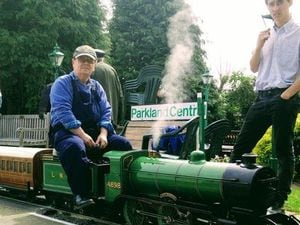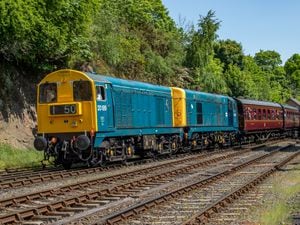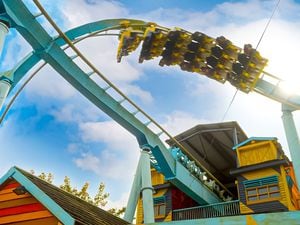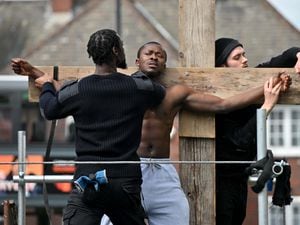Rare aircraft in restoration at Royal Air Force Museum Cosford
A rare aircraft is making huge steps towards its restoration at the Royal Air Force Museum in Cosford.
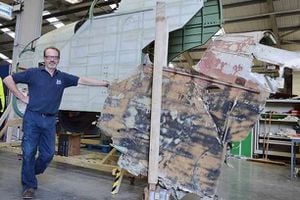
The Handley Page Hampden is one of the museum's longest running conservation projects and is is starting to take shape now thanks to one of the museum's skilled aircraft technicians who is building a large section of the aircraft from scratch.
The museums Hampden, serial number P1344 is one of only three examples of the type remaining and was recovered from a crash site in northern Russia in 1991 and acquired by the RAF Museum the following year.
Restoration on the badly damaged airframe has been a slow labour of love for the team at Cosford, but since it was taken under the wings of full time aircraft technician Dave Carr 18 months ago, the unmistakable Hampden silhouette is taking shape.
Visitors who saw the plane at the last open week 10 months ago will have seen the tailplane assembly, a predominantly new build manufactured on site at Cosford.
The Hampden's salvaged fin and rudder parts were fully restored and with little else of the original tailplane remaining following the aircrafts crash landing, Dave used pre-production drawings and built formers to create the components he needed including a new elevator.
Following the build, the rudders received a new covering of Irish linen and the tailplane assembly was given a new coat of paint in its Bomber Command camouflage colour scheme.
Dave has focussed his efforts on the forward fuselage and cockpit section and in just 12 months the section is now almost 75 per cent complete and is estimated to be fully built by Spring 2017.
Work on this section began with creating formers and building the entire framework from scratch.
Some components including instrument panels, seat mounting and windscreen frames have also been produced and fitted.
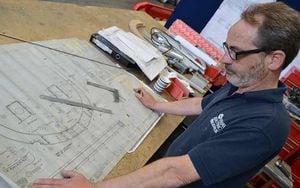
Castings and a few components from P1344 have been restored and fitted to the newly built forward fuselage and work is now underway skinning the section.
The entire new section has been assembled using original Handley Page pre-production drawings from the late 1930s and where possible, measurements taken from the partial wreckage remaining from the original aircraft.
RAF Museum aircraft technician, Dave Carr said: "I have worked at the RAF Museum for over 18 years and this has by far been the biggest project I have worked on from a scratch build point of view; usually we are conserving and repairing aircraft. Because I don't have a build procedure, I always have to work about five steps forward to ensure the correct components are fitted before the aircraft is skinned i.e. anchor nuts, brackets etc.
"It is being constructed as accurately as possible, although there will be some subtle differences as I've had to manufacture with hand tools and limited machinery, rather than the original factory machinery which doesn't exist anymore. It's very rewarding and motivating to see the aircraft coming together."
The lower forward frame work is still to be complete as well as frame work for the nose section followed by the electrical and hydraulic components.
An original Hampden seat salvaged from a crashed Hampden in Patricia Bay, Vancouver will also be incorporated into the new cockpit.
All effort on the aircraft is going into manufacturing the fuselage section which is hoped will be completed sometime in 2018.
Visitors to the museum will be able to view the continuing progress on the Hampden during the Conservation Centre Open Week from November 14 to 19.
By November it is hoped that the lower longerons will have been manufactured and fitted to the forward fuselage so visitors will see an almost fully complete frame.
Work is also continuing on the rear fuselage repairing damage caused during its crash landing.
The Conservation Centre will open between 10.15am and 1.00pm each day and admission is £5 per person (children under 16 are free and must be accompanied by an adult).
The Museum's other hangars will be open from 10am until 5pm and entry to the museums is free of charge.

